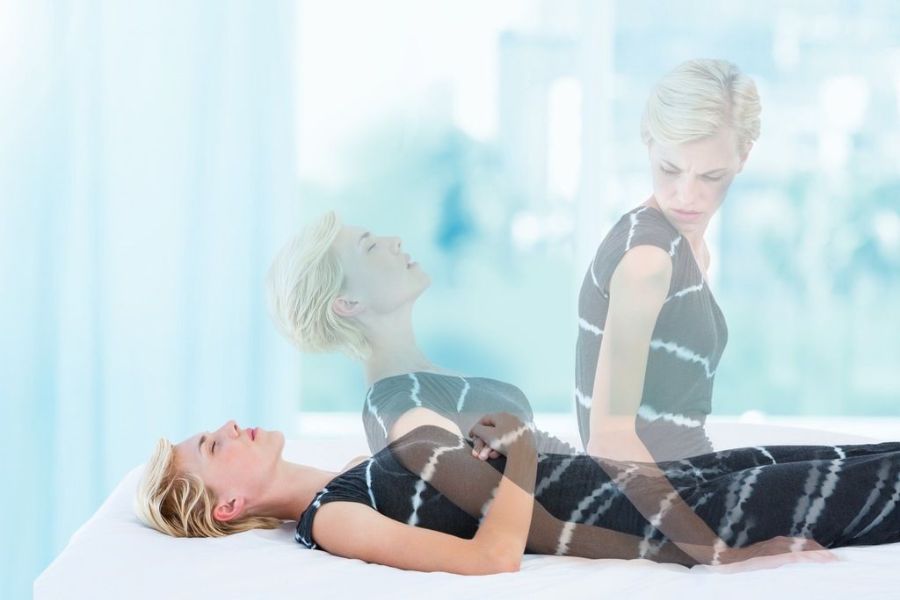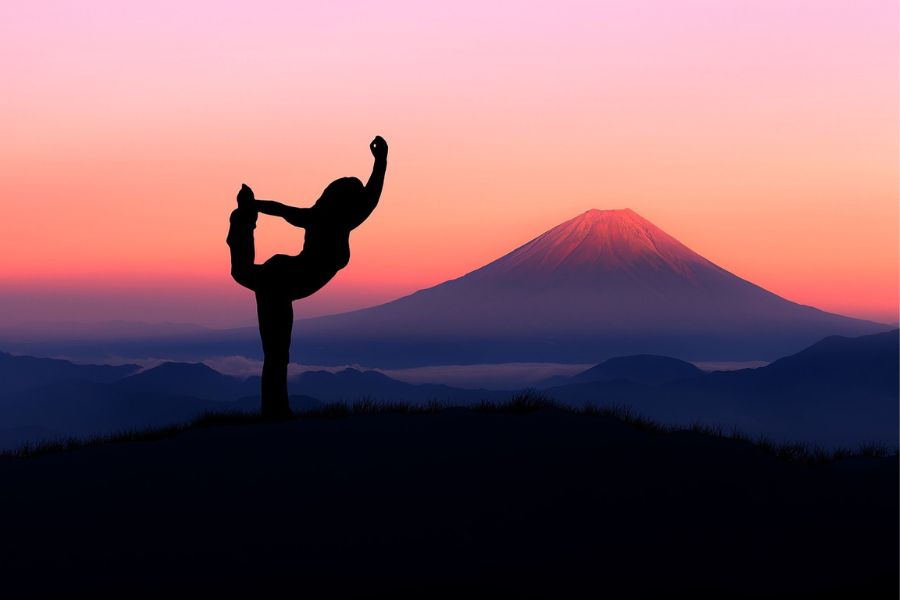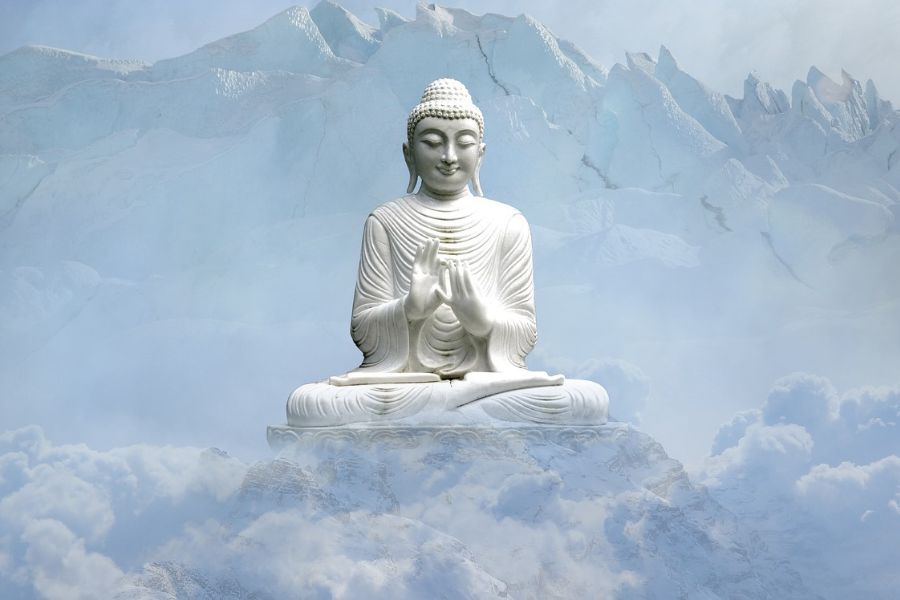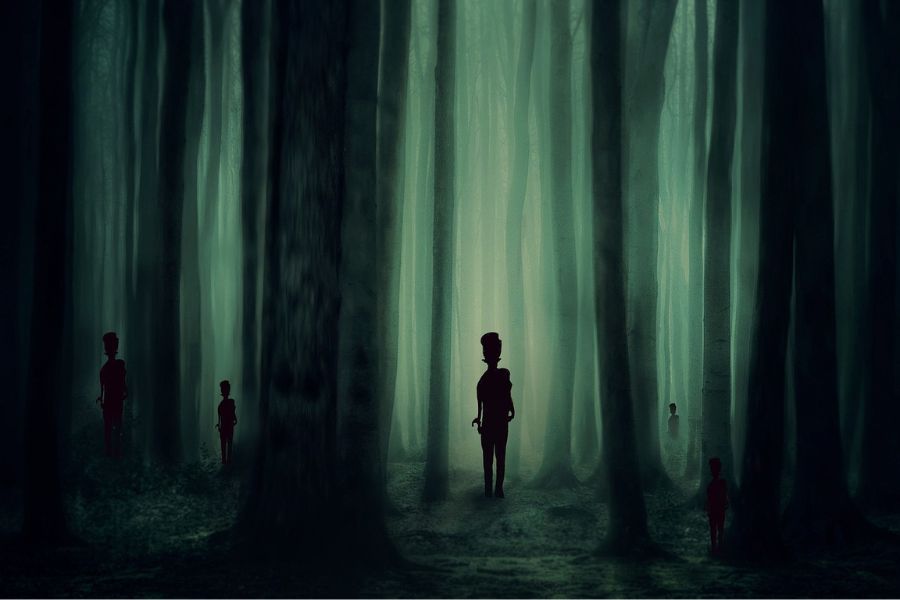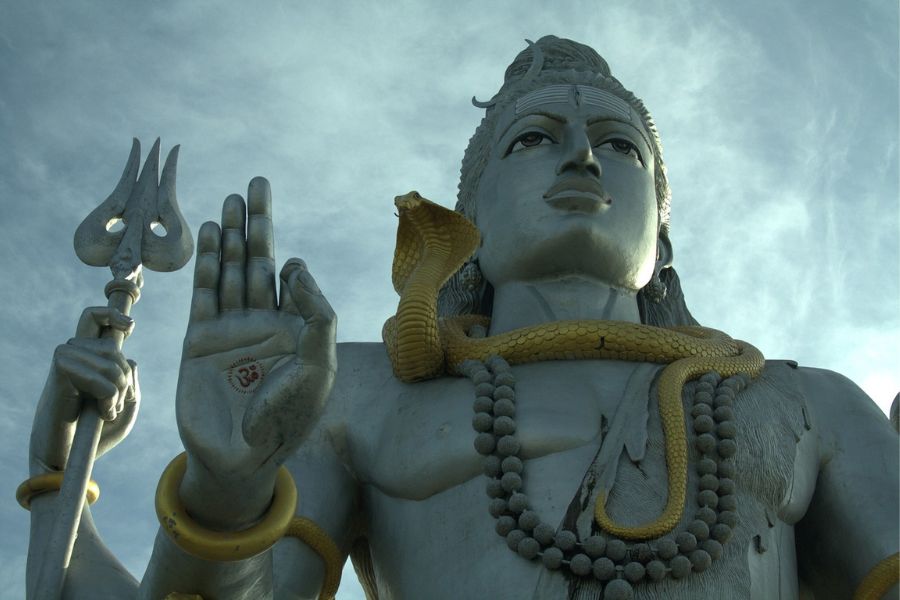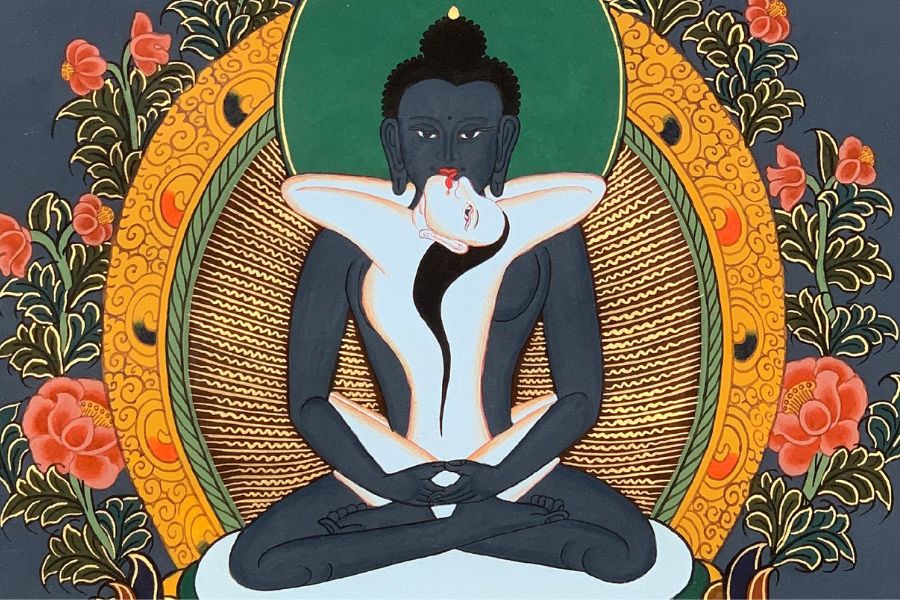Samael Aun Weor's philosophy invites us to deeply reflect on the nature of our existence, urging us to go beyond the superficialities imposed by the modern world. He emphasizes that within each of us exists a mathematical point, a point of balance and truth that transcends time and space.
This point, according to the author, is neither in the past nor in the future; it resides in the present moment, here and now. The search for this point is a journey that begins the instant we decide to look within ourselves.
The metaphor of the cross, with its vertical and horizontal arms, is fundamental to understanding the duality we face in every moment. The horizontal arm symbolizes the path of everyday life, the common route, where most people live according to external circumstances and needs, following predetermined behavior patterns and external influences. On the other hand, the vertical arm represents the path of the few who rebel against the laws established by society, heading toward inner transformation. The vertical path is the journey of internal revolution, one in which we strive to transcend the limitations of material and emotional life.
The major difference between these two paths lies in how we deal with life’s challenges. While the horizontal path is that of conformity, where most people follow the crowd without questioning or reflecting on their actions and reactions, the vertical path demands constant vigilance and self-knowledge.
Samael Aun Weor challenges us to reflect on the difficulties we face: financial problems, emotional crises, personal disappointments, and the injustices of the world. Most people identify completely with these adversities, forgetting their true essence. They become victims of circumstances, reacting automatically to external provocations without ever questioning the reasons behind their responses.
However, for those who walk the vertical path, the response to adversity changes radically. Instead of identifying with suffering and the drama of external situations, this person seeks to understand themselves deeply. They stop, reflect, observe their own reactions, and try to grasp what is really at stake. When the person is able to distance themselves emotionally from problems and recognize that everything is temporary, fleeting, and illusory, they begin to free themselves from the cycle of suffering that life imposes.
The work on oneself is, without a doubt, the core characteristic of the vertical path. It is not an easy task, for it involves a radical transformation in the way we relate to the world. Negative emotions, identification with personal problems, and automatic reactions must be transformed through a process of self-observation and self-confrontation. Every step taken toward self-understanding brings us closer to our true being, that which exists beyond the limitations and illusions of the mind and emotions.
Samael Aun Weor’s psychology proposes a profound change in attitude toward life. Instead of being reactive, left at the mercy of circumstances, we can learn to act with consciousness and freedom. This does not mean that difficulties will disappear, but rather that our relationship with them will be completely different. Instead of being dominated by fears, sadness, and anxieties, we become masters of our own emotions.
The concept of "Psychological Rebellion" is central to Samael Aun Weor’s philosophy. True rebellion is not against the external norms of society, but against our own condition as mechanical and reactive beings. Inner revolution is a call for a profound transformation of the self, a change that can only occur when we decide to interrupt the automatic cycle of identification with worldly emotions and problems.
Those who walk the vertical path, the path of the great psychological rebellion, do not allow themselves to be carried away by the highs and lows of life. They do not become victims of circumstances, but see themselves as agents of their own transformation. A person who learns to observe themselves without judgment, who understands that emotions and external situations are transient, begins to free themselves from the tyranny of the mind and automatic reactions. This is the starting point for a new life—one that is more conscious, centered, and aligned with the true inner self.
The central message of Samael Aun Weor is clear: the mathematical point, the point of transformation, resides in the present, and it can only be accessed now. By pausing to reflect, by observing our own reactions, we can awaken to the reality of our own existence. Through self-knowledge and self-observation, we can live the true inner revolution, one that leads us down the vertical path of spiritual and personal transformation. At every moment, we have the opportunity to choose between the horizontal path of automatic life and the vertical path of great psychological rebellion. The moment is now.












